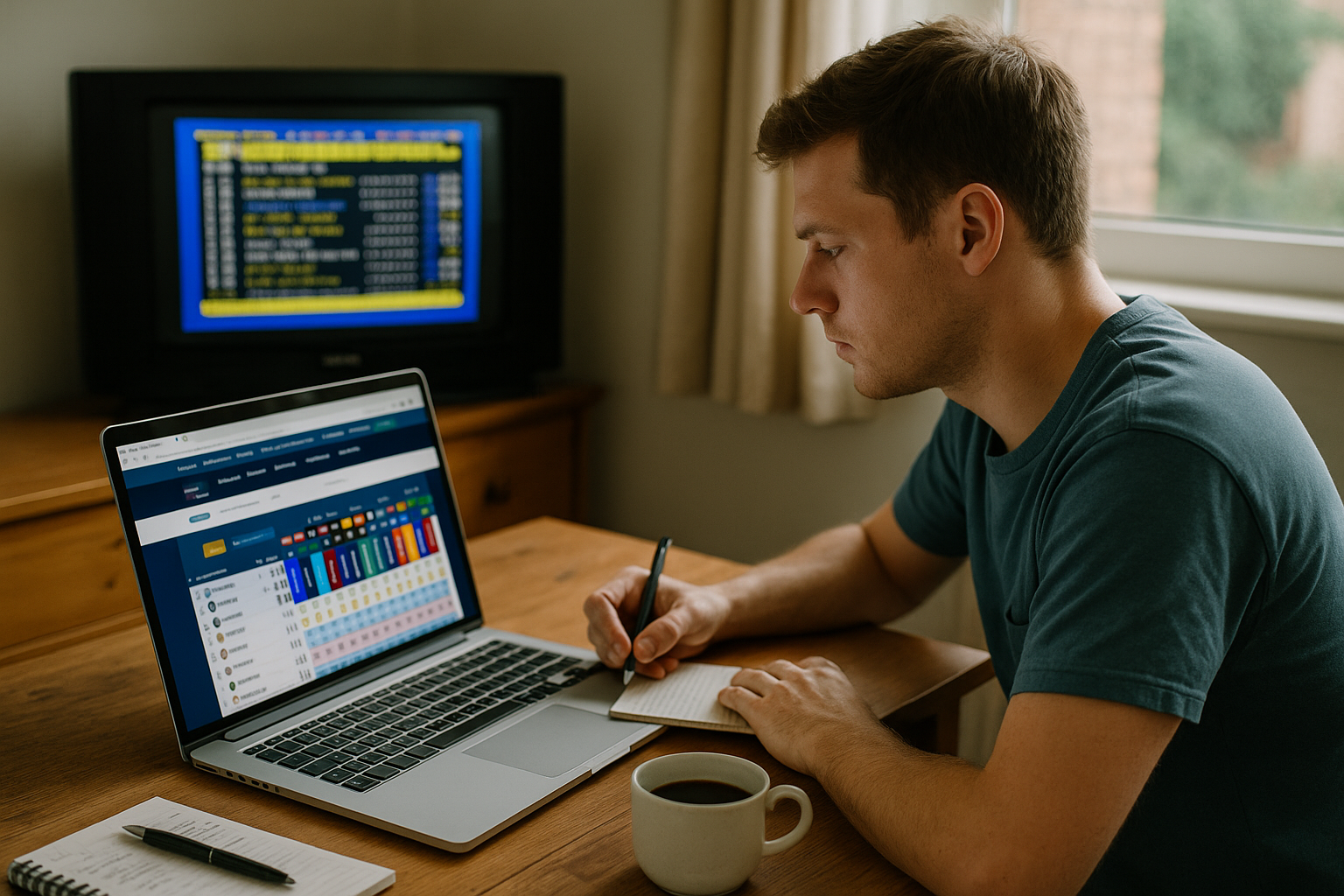
After working locally in a few different jobs — vehicle body repairs, machine operative, and building site labourer — I decided I wanted more. I wanted to move away and try some contracting work, something that might open the door to seeing a bit of the world. The town I lived in (and still do) was pretty dead, to be honest — lacking in culture, diversity, and anything even moderately exciting.
So off I went… into aircraft fitting, of all things! I had zero experience, but thought, “What’s the worst that can happen?” — other than getting sacked and sent home! Thankfully, I managed to blag my way through those early months, kept my head down, and learned the ropes.
That job ended up lasting seven years. It took me around the world, visiting new cities and cultures, and it made me realise just how dull my hometown of Barrow really was. That said, I did still miss the place — all its quirks, and of course my friends and family. But every time I came home, it wasn’t long before I was itching to get back on the road again.
It was, funnily enough, during one of those return trips home that I stumbled upon a horse racing system — one that served me well for the next six years of betting… and might even still work today.
It was nothing complicated, nothing “secret formula”-ish, and definitely not something I needed to test or back-check endlessly. In fact, it was simple — born from watching Ceefax (or Teletext), which back then was one of the few places you could see daily horse racing odds outside of the bookies.
This was around 2001, when the internet was nowhere near what it is now. Racecards, results, and prices were all shown on Ceefax when it wasn’t being covered on TV.
My “system” was basically me watching the odds on Ceefax and looking for any movement — horses whose odds were shortening. After a while, I spotted a pattern: the horses being backed — whose odds were contracting before the off — were actually winning a lot of the time.
So I started doing a bit of paper trading — writing down horses that were being backed, sometimes sticking a couple of quid on for fun. Over the next four or five days, my pot started to grow, with several winners coming in.
That streak continued over the next couple of weeks, proving it wasn’t just luck. When the money was down, those horses were either winning or placing around 80% of the time.
This got me thinking — if they were being backed heavily before the race, what were their prices like when the markets first opened in the morning?
After a bit of digging online, I discovered Oddschecker, a site that listed early odds for every UK race (and pretty much every other sport too). I’m not sure how long Oddschecker had been around when I found it in 2002, but I doubt it had been live long.
That’s when I realised — if my theory worked using on-course price moves, then tracking early price shifts online could be a brand new edge. And that’s when things started to get really interesting.
👉 Next chapter: My Toughest Time
The next big priced winnner is only ever just round the corner.
Thank you for signing up!
Oops! Something went wrong. Please try again later.